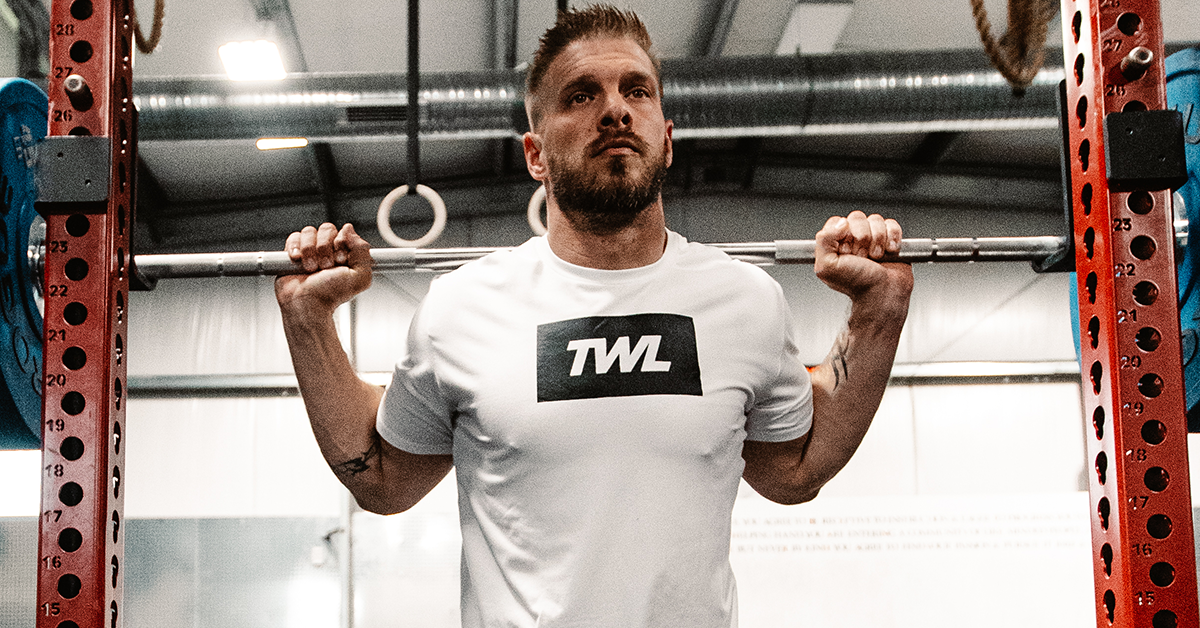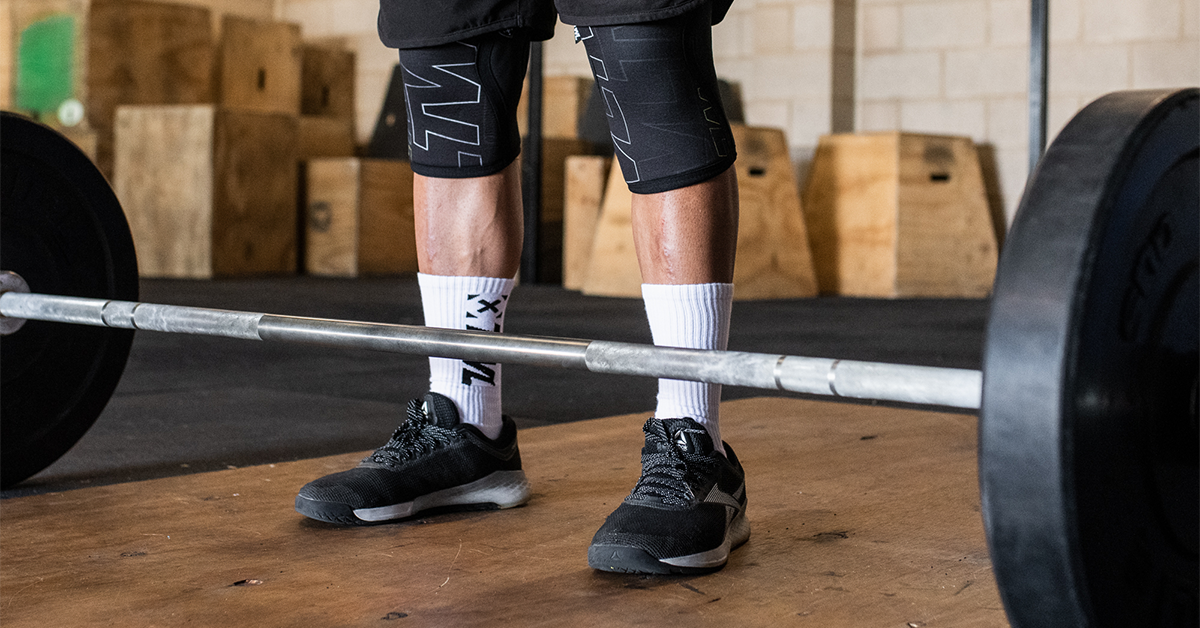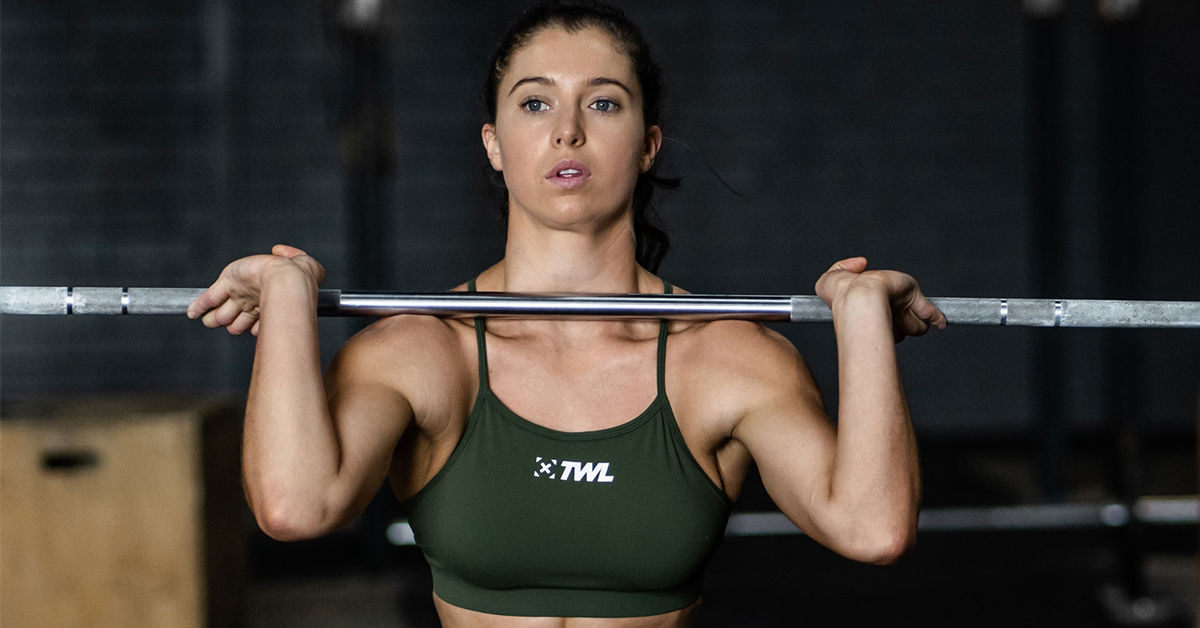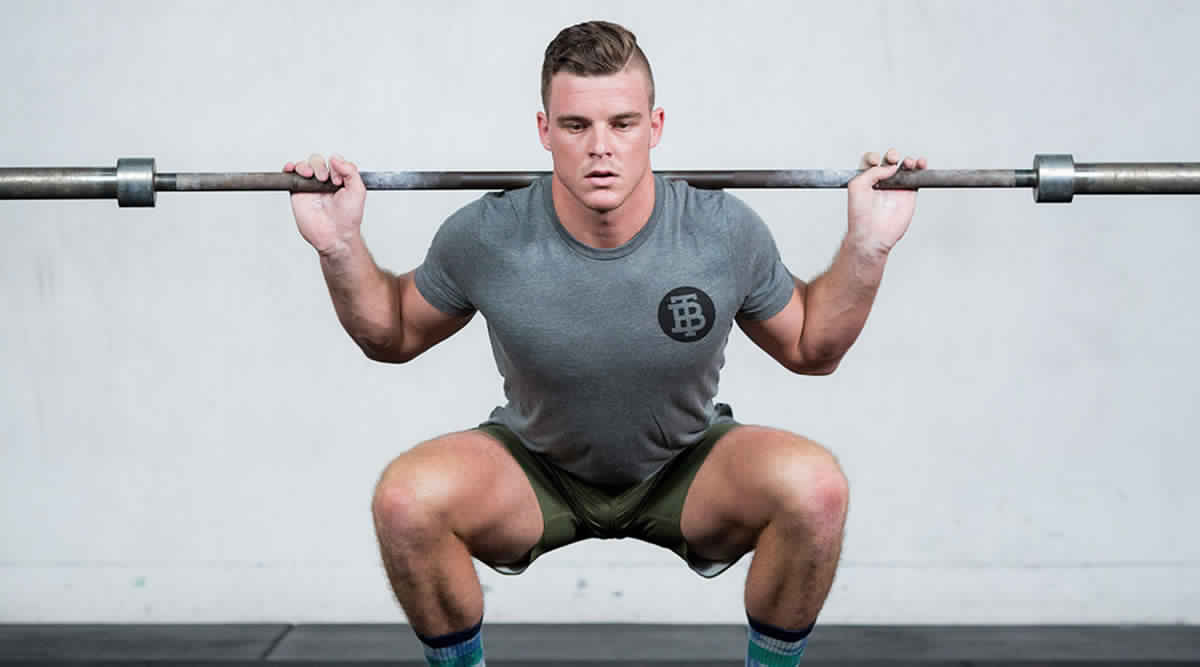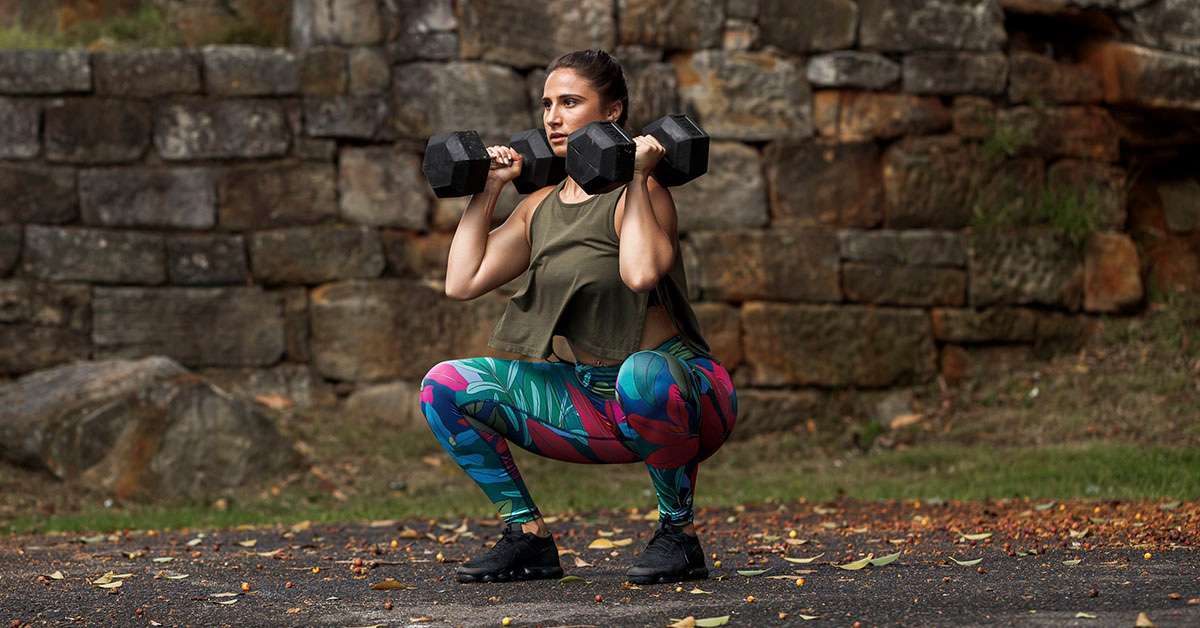There are countless squat variations you can add to your programming to challenge your body in new ways. One such variation is pause squats! Pause squats are exactly what they sound like: At some point during the exercise, you stop and hold your position.
More often than not, you’ll be pausing at the bottom of your squat. However, athletes will sometimes pause at parallel on the way down, up, or both.
Note that you can vary how long you hold the pause for. Sometimes, athletes will hold for just a second, while other times, they might count to three to five before resuming the squat. And because you’re slowing the movement down, sometimes significantly, you should plan to lift less weight than you would with a normal squat.
What are the Benefits of Pause Squats?
Holding weight in the squat position is harder than it looks. Here are just a few reasons you need to be doing pause squats.
- They strengthen the bottom of your squat, which is where a lot of athletes get stuck. Because you’re spending more time under tension, your legs have to work harder to get you out of the hole. The good news is that by doing this, weights that used to feel like a ton of bricks will start to feel much more manageable.
- It challenges the body without adding weight. There are all sorts of ways to make squats harder. Most commonly, you increase (1) the reps or (2) the weight. Neither is the case for pause squats. In fact, you’ll likely decrease both the reps and the weight. So, pause squats challenge the body without stressing it in a risky way.
- The benefits translate to other things you do in the gym. Do you get buried in the bottom of your clean? Do your back round and your knees cave in? Pause squats will be your greatest ally.
Are Pause Squats Better Than Regular Squats?
This often turns into a conversation of pause squats vs regular squats, and which one is better. However, we encourage you to instead look at them as simply different. In fact, pause squats will be an excellent way to complement your normal squat programming.
Don’t forget, too, that you can turn any squat (any movement, for that matter) into a pause squat. Front squats, back squats, goblet squats, Zercher squats — you can add a pause to any of them. Be sure you’re using a weight that allows you to still maintain proper form. If your back starts to round or you’re having trouble pushing your knees out, you might be going too heavy. Your technique has to come first. This is what’s going to stop you from getting injured.
To perform pause squats safely and reap their many rewards, you might find this gear helpful!
Shop Now
Now that you know what pause squats are all about, let’s get to work! Start simple, with maybe 3×3 or 5×2 at a conservative weight. You’ll find out just how challenging that pause is.

